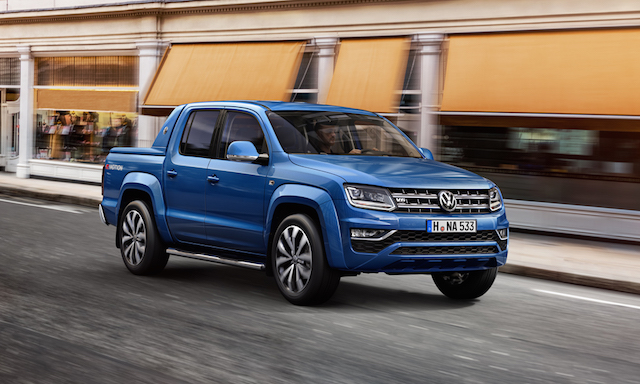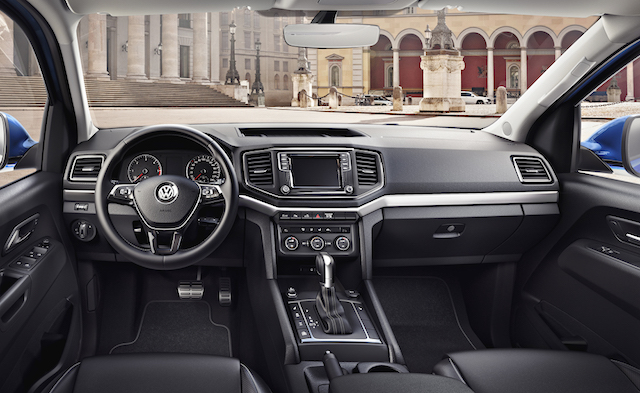
Volkswagen is pulling its two-wheel-drive Amarok ute from the New Zealand market in favour of a dedicated four-wheel-drive range, headed by its new (above) V6 diesel variant.
The cost of dressing up the two-wheel-drive Amarok to challenge beefy rivals from Ford and Toyota is one of the reasons for the entry-level model’s withdrawal.
Better to take on the rear-drive opposition with the four-paw V6, the country’s most powerful ute, reasons Volkswagen NZ general manager Tom Ruddenklau. “There are 1400 four-wheel-drive utes sold every month, so if we can 80 or 100 of the 1400 then the job’s done,” he said.
“To be perfectly frank, the two-wheel-drive option for us is too expensive in relevant terms,” he said. “By having a realigned range, an entry-point V6 four-wheel-drive that competes with rival two-wheel-drives, we think we are better to focus on the stuff we are already good at. “
Two V6 variants will be available, the base model from $73,990 and the top-range Aventura from $82,990. The entry-level V6 rides on 18-inch wheels; the Aventura sits on 20-inch alloys and gets goodies like full leather and heated seats. The existing 2.0-litre 4Motion Amarok starts at $49,990.
Ruddenklau said the production cost of the two-wheel-drive Amarok offered little room for options. “While there is less gear in a two-wheel-drive Amarok, there isn’t a ten or twelve grand reduction in cost – there is only a small reduction as a start point,” he said.
The two-wheel-drive Amarok accounts for around 25 per cent – one in every four – of the ute’s annual sales in NZ. “For Volkswagen to make a two-wheel-drive Amarok to look like a four-wheel-drive, the way Ford has done with Ranger and Toyota with Hilux, would be prohibitive,” said Ruddenklau.
The V6 Amarok gets the 3.0-litre engine from the Touareg SUV. It delivers 165kW/550Nm to make it the country’s most powerful ute, outgunning 147kW/470Nm from the Ranger’s 3.2-litre five-cylinder diesel.
The first shipment of 180 V6 Amaroks from the factory in Hanover, Germany, has sold out. The next shipment of around 500 is due around May/June, after production shifts to VW’s plant in Pacheco, Argentina, alongside the facelifted 2.0-litre model.


